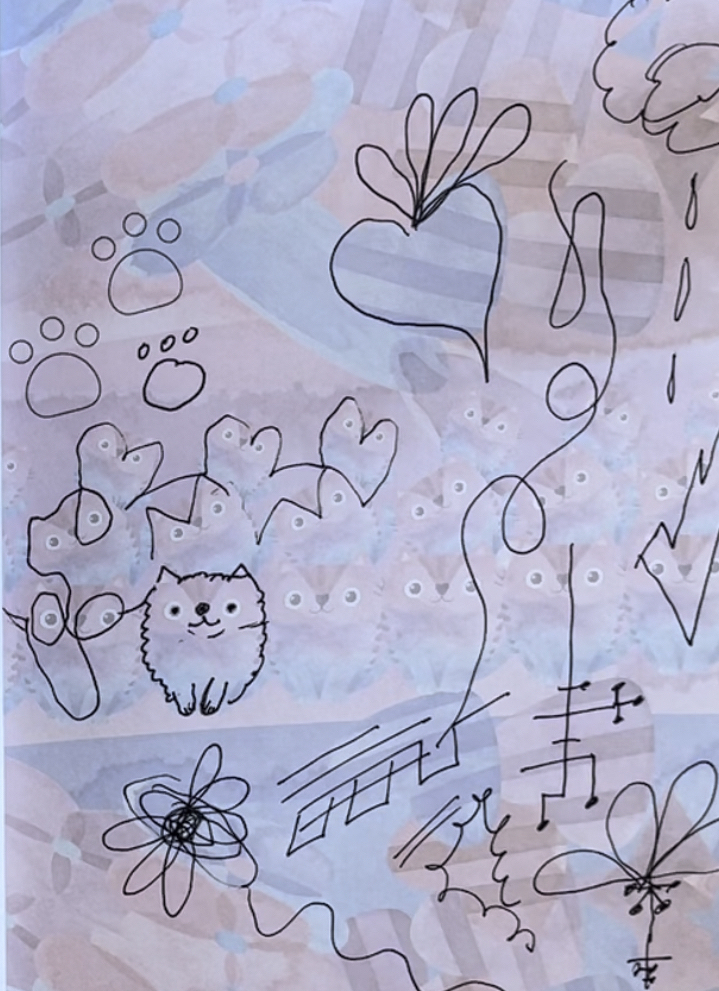Doodling could be defined as idly drawing or scribbling while most of your attention is focused elsewhere. Many people use doodling to help pass time when bored, such as in a long meeting or while traveling, or even while waiting to board a train or plane.
So, it’s easy to dismiss this idle activity as inconsequential or not useful. However, doodling has been researched and found to provide many benefits.
1 – Mindfulness
Doodling can help you focus. I’ve been known to assume someone doodling on their meeting notes is mentally faraway, however, when asked the reply is they’re quite focused. The doodling helps them calm the random thoughts and more easily pay attention.
2 – Stress Relief
Doodling when your stress levels are high or when you’re feeling particularly anxious can help you relax. For example, you’re waiting for an interview or about to take an exam, doodling can help you pull out thoughts and creativity from your subconscious and keep you distracted from anxiety’s spiraling thoughts.
Doodling can also be used as a meditative tool. Deliberately finding a protected space of time to doodle, can be very beneficial. As with any meditative practice, find a quiet, peaceful space, perhaps even outdoors, or with your earbuds listening to beautiful music.
3 – Memory Recall
In a published 2009 study, researchers found doodling while listening to a person on the phone increased their recall.
The investigator’s discovered participants were able to recall 29% more information afterward as compared to those who just took notes and did not also doodle (Andrade, 2009)
4 – Creativity & Problem Solving
Doodling is an aspect of art therapy and can be used to help you generate new and fresh ideas. For example, if you are stuck on a project or problem, doodling allows your unconscious the freedom to mull and provide inspiration toward a solution.
We’ve all experienced an “ah ha!” moment when suddenly an idea comes to us seemingly out of the blue. This is an example of your subconscious continuing to ponder the problem while you’re doing other things. Doodling is just an intentional distraction.
5 – Emotional Release
As a therapeutic or wellness tool, doodling can assist you in tapping into deep emotions and help you consciously process through them. Over time, a regular practice of doodling with mindful reflection can help you learn more about your inner self.
In conclusion, doodling can help you pass time, but it’s a lot more than just idle sketching. When you randomly draw lines, shapes, or even faces, you allow more opportunities for self-discovery. Allowing yourself to be consciously distracted, you allow anxieties and stresses to fall away and help you be a happier, healthier you.

